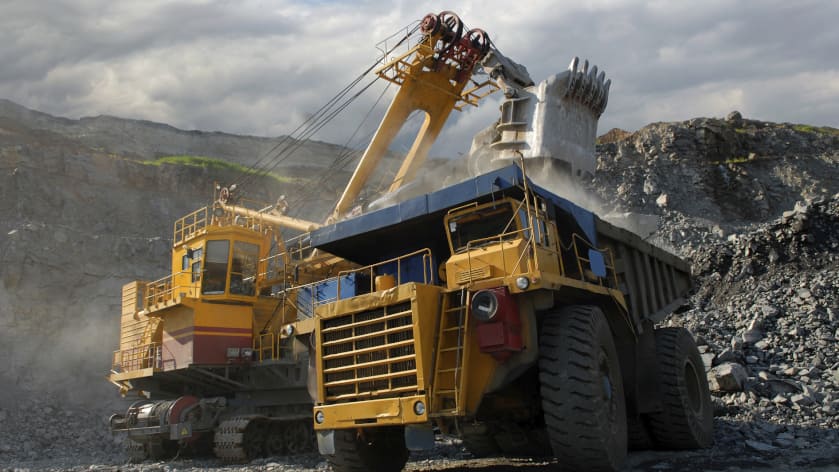Prices plunge 83% in former hotspot
After experiencing phenomenal price growth of 97 per cent at the height of the mining boom, the fortunes of one formerly popular investment region have well and truly turned.

The Isaac LGA in Queensland, including the smaller towns of Dysart and Moranbah, had a 97 per cent rise in median house prices between December 2007 and March 2012 – but this has since declined by 83 per cent, according to QBE’s recently released Housing Outlook 2016-19 report.
At the start of the upturn in December 2007, the median price in the Isaac LGA was $335,000, with 451 sales over the previous year. By the cycle’s peak in March 2012, prices were up to $660,000 with 658 sales.
Prices now sit well below even their starting point, at just $110,000 with 93 sales over the year to June 2016, the report said, citing data from Department of Employment, Australian Bureau of Statistics, APM PriceFinder and BIS Shrapnel.
“Both small and large regional centres in Queensland that have a high economic dependence on the resource sector have been impacted greatest by the downturn in coal and gas expansion projects,” the report said. “Smaller localities, such as Isaac Local Government Area, which includes the main centres of Dysart and Moranbah have borne the brunt more than larger and more diversified centres such as Gladstone Regional LGA and Mackay Regional LGA. These centres in turn have experienced more variation in prices than the much larger and more economically diversified Brisbane.”
The contrast between boom and bust has been stark.
“Median house prices climbed rapidly through the early boom period as the influence of mining investment led to job creation, population growth and demand for housing. As the mining investment wound down, median house prices fell sharply while unemployment rates grew rapidly and population left,” the report said.
Gladstone and Mackay LGAs “experienced smaller boom and bust cycles”, the report noted.
Prices in Gladstone Regional LGA climbed 32 per cent from $365,000 in March 2009 at the start of the area’s upturn, off the back of 905 sales, to $480,000 in December 2011, with 1,524 sales.
From the peak down to June 2016, prices dropped 26 per cent, to $348,000 with 475 sales.
Unemployment in the region also jumped from 4.2 per cent in March 2013 to 6.3 per cent in March 2016.
“Both Gladstone and Mackay also have the highest unemployment rate, having a greater percentage of permanent residents who are less likely to leave when the employment situation becomes averse,” the report explained. “This contrasts with the 2.7 per cent unemployment rate in Isaac LGA [in March 2016, up from just 1.0 per cent in March 2013] and reflects the temporary nature of residents in smaller centres. Without other employment opportunities in the smaller centres, the unemployed population leaves.”
Mackay Regional LGA experienced the least dramatic cycle, according to the report’s data, with prices climbing 20 per cent from $372,000 at the start of the area’s upturn in September 2007 with 2,736 sales to $445,000 in September 2012 with 2,192 sales. By June 2016, prices were back down to $330,000 with 910 sales – a 26 per cent decline from the peak. Unemployment however jumped from 3.1 per cent in March 2013 to 7.7 per cent in March 2016.
The report noted sales volumes in all mining centres fell significantly in 2015/16.
“It is likely that many owners would rather hold onto their property than sell at a loss, with a large proportion of sales likely to be forced sales, thereby placing further downward pressure on the median price.”